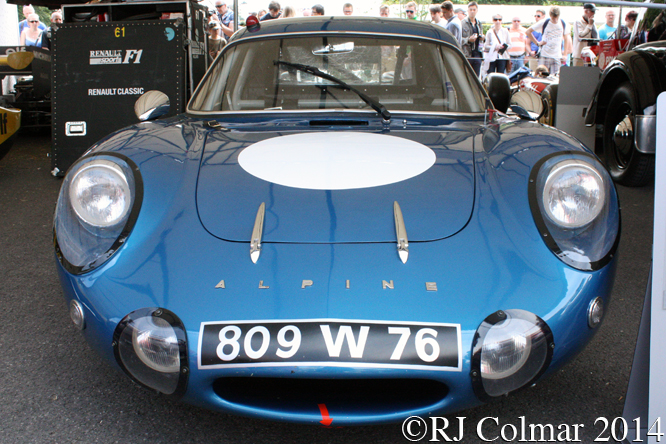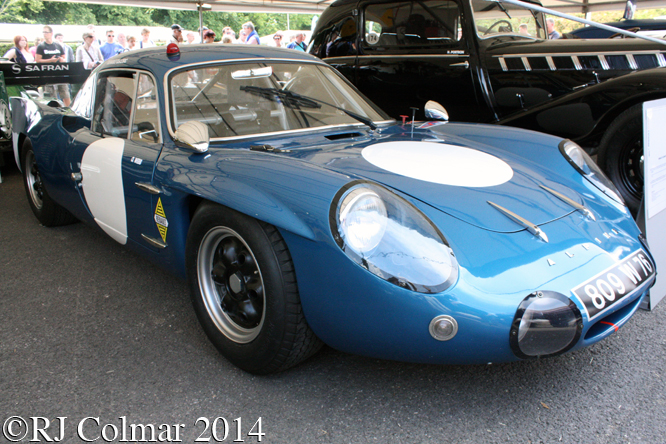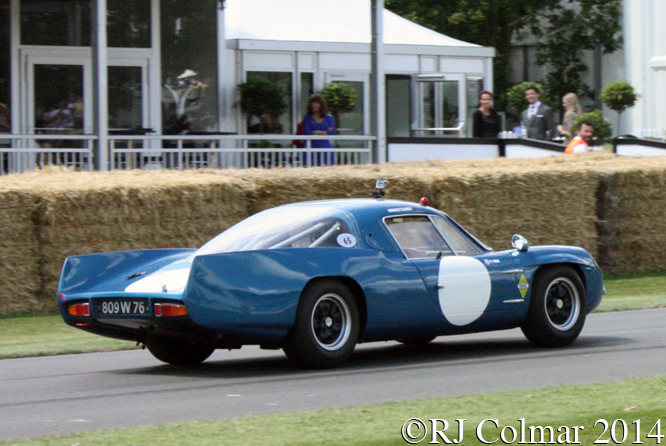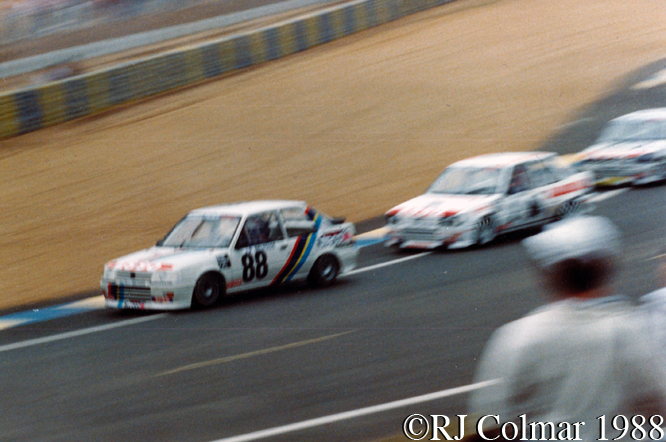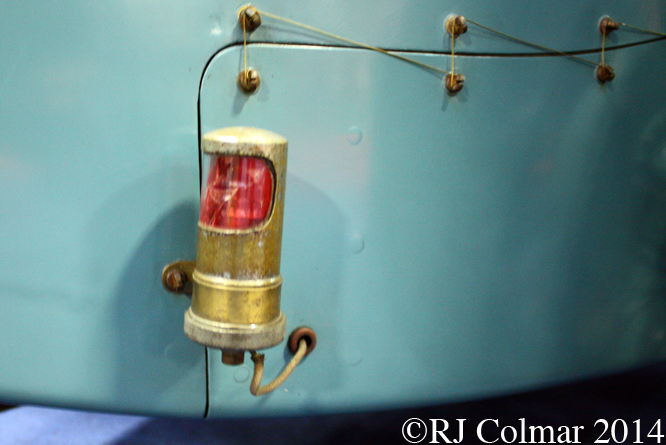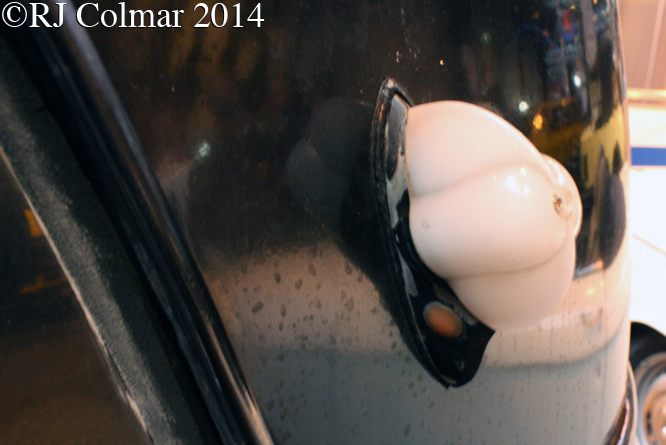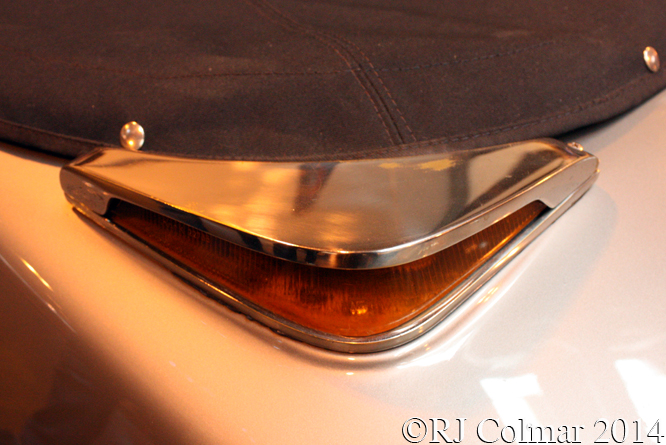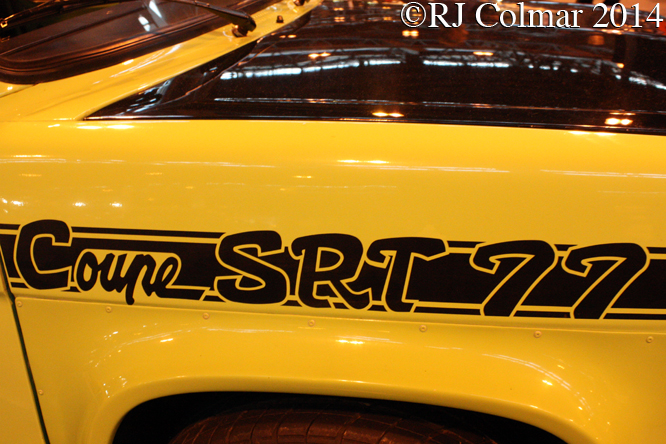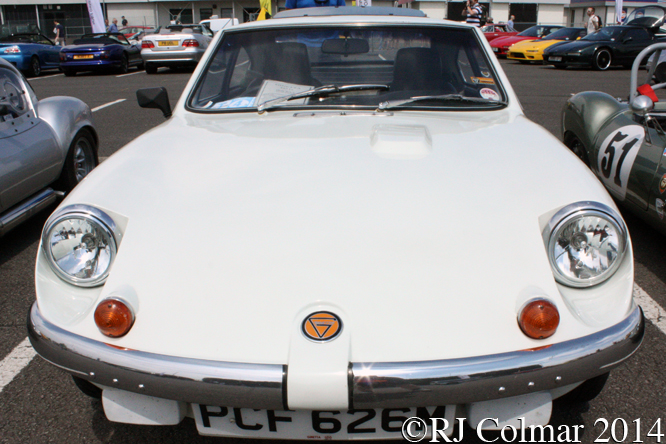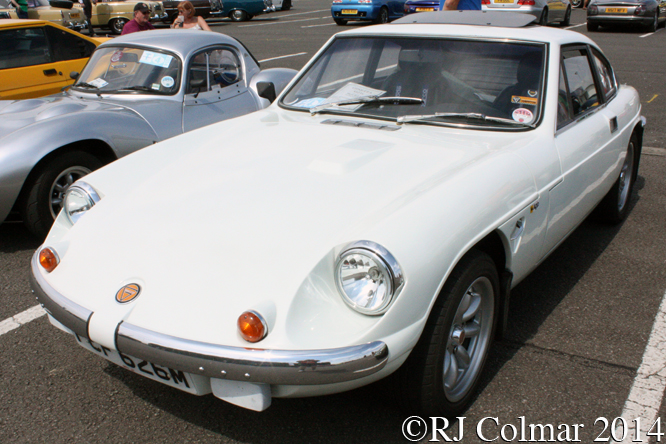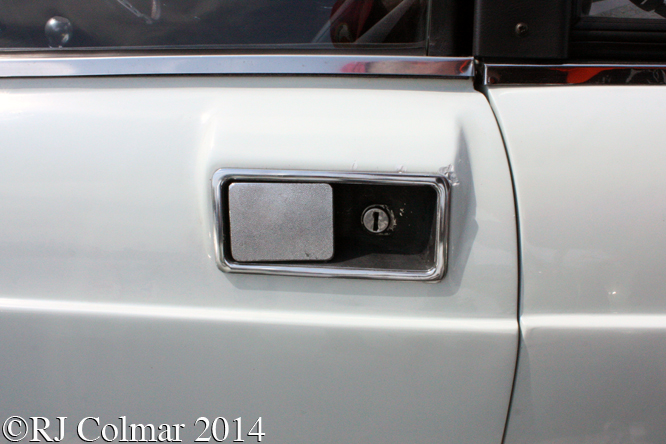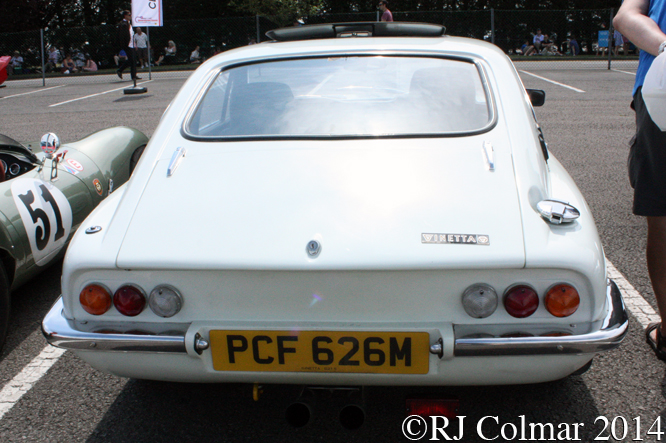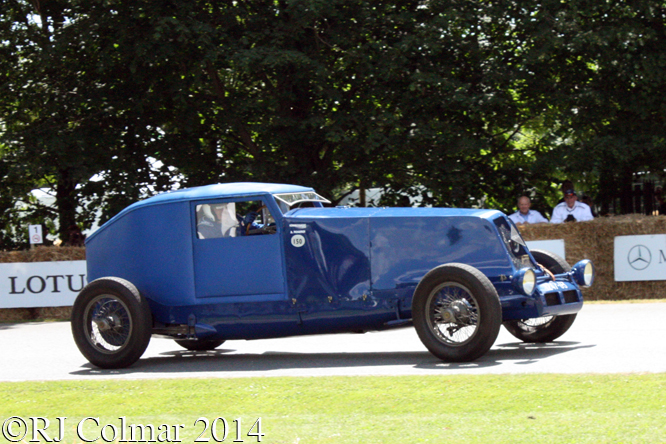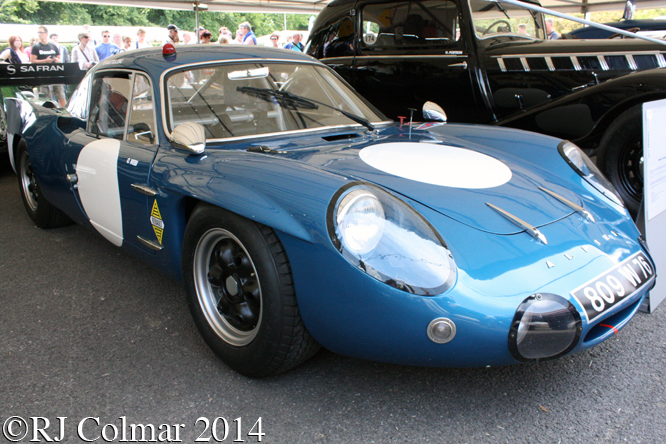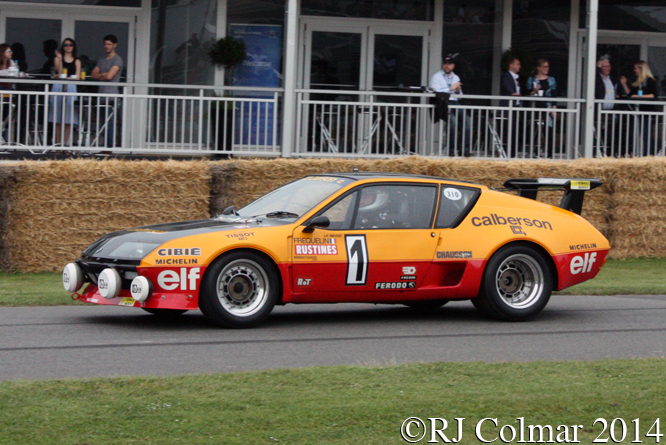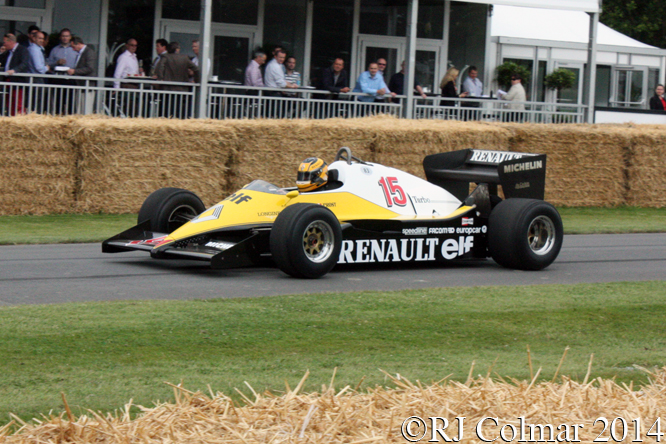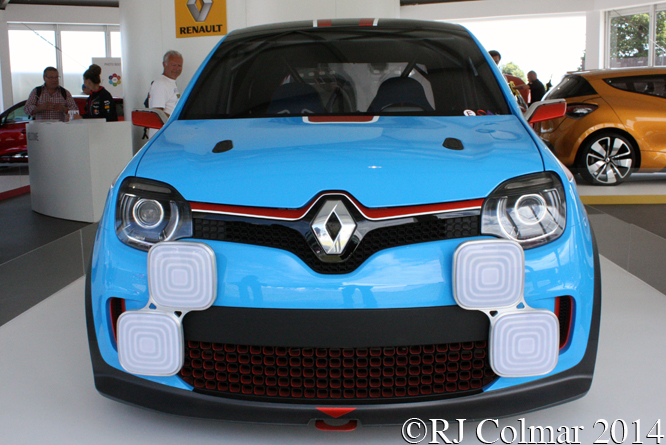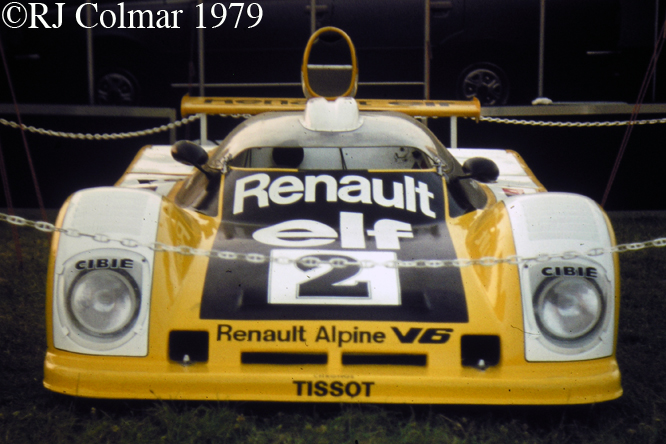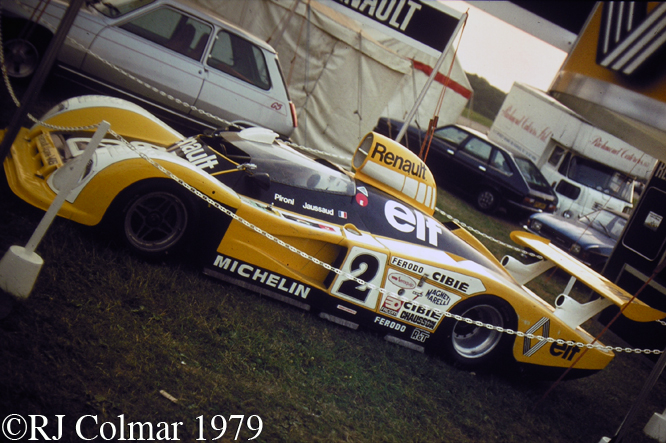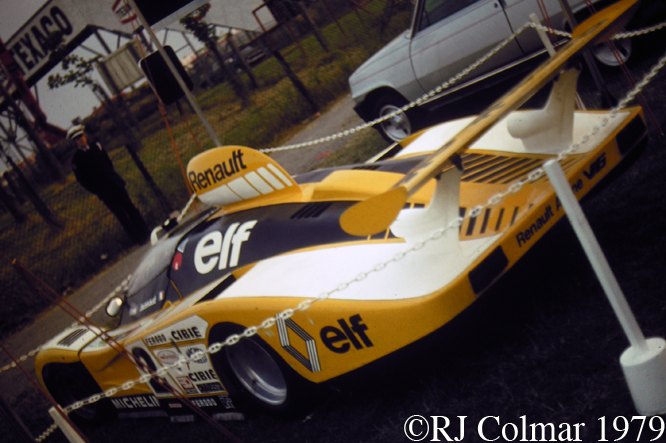Following the mixed fortunes of the M series and A210 prototypes Alpine built from 1963 to 1966 the Dieppe based concern decided that the future lay in the new top level Championnat Internationale des Marques for prototype sports cars restricted to using 3 litre / 183 cui motors.
Accordingly in 1967 Alpine built a 3 litre V8 motor with twin overhead chain driven cams and two 1500 cc / 91.5 cui Renault sourced cylinder blocks sharing a common crank.
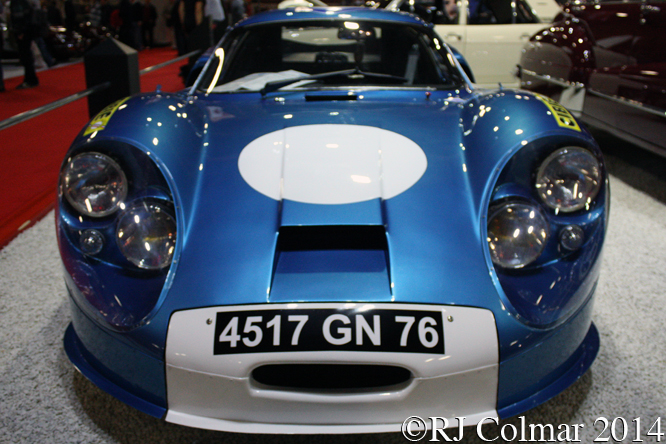
The A211 chassis for the new engine was a beefed up version of the A210 Len Terry design using larger diameter tubes and similar suspension.
Two A211’s were entered for the 1967 Le Mans 24 hours, but neither arrived and subsequently only one, chassis #1727, appears to have been raced scoring a best third place, three laps in arrears, with Patrick Depailler and André de Cortanze sharing the wheel at Monza in 1968.
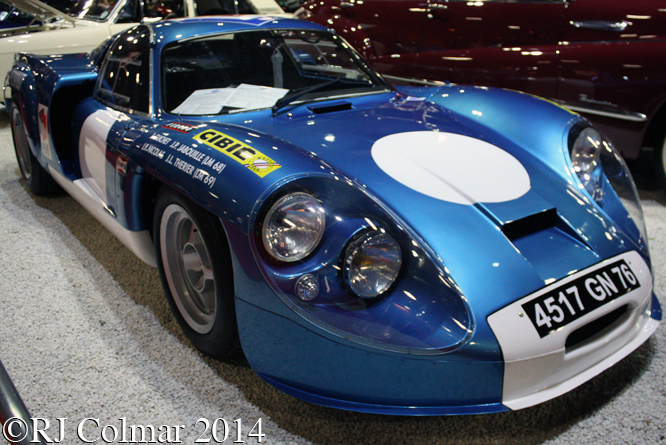
Undeterred Alpine revised the A211 in 1968 to become the A220, distinguished by mid mounted radiators ahead of the rear wheels, stronger suspension and larger ventilated disc brakes.
Today’s featured A220 was the second to be built and completed in April 1968 and was taken to the Le Mans Test weekend in April where Mauro Bianchi and Roger Delageneste recorded the 4th best time.
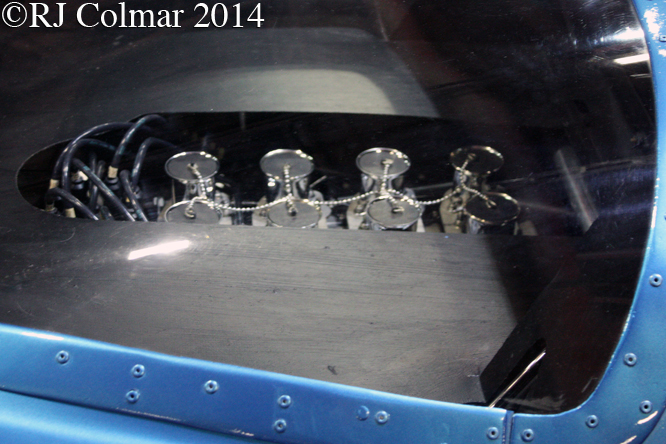
#1731 retired from it’s first two races, at Zeltweg Mauro Bianchi and André de Cortanze retired with an oil leak and Le Mans where Jean Guichet and Jean-Pierre Jabouille retired with alternator failure after 16 hours.
Jean Guichet and Henri Grandsire are believed to have driven this car to a 4th place finish in the 1968 Paris 1000kms.
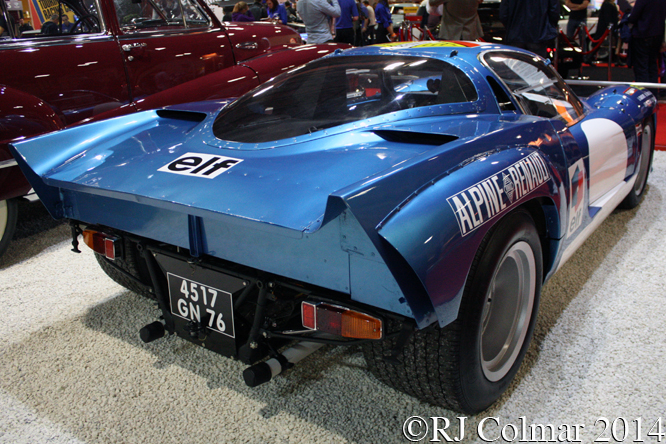
At the 1968 Moroccan Grand Prix André Guelfi retired #1731 with engine failure and in 1969 1000km race at Spa Jean-Pierre Jabouille and Henri Grandsire are believed to have retired the car with either gearbox or damper failure.
Jean-Luc Thérier and Jean-Pierre Nicolas qualified #1731 19th on the grid with a time of 3m 45s at Le Mans but retired, as did the other three A220’s, after 12 hours with head gasket failure.
Jean Vinatier then competed with #1731 twice recording a 3rd best time on the Chamrousse Hillclimb and 2nd place finish at Nogaro.
Finally Jean-Pierre Jabouille and Jean-Claude Guénard retired today’s featured car, seen at last years Classic Motor Show at the NEC in Birmingham, from the Critérium Des Cévennes with alternator failure.
#1731 is unique among A220’s because the aerodynamic tail was shortend in July 1969 and road registered in anticipation of taking part in events like the Tour d’France, plans for which never came to fruition as Alpine withdrew from prototype sports car racing until 1974 when it’s return culminated in winning the 1978 Le Mans 24 Hour race with a the A442 B.
Thanks for joining me on this “The Short One” edition of “Gettin’ a li’l psycho on tyres” I hope you will join me again tomorrow when I’ll be paying a visit to Bournemouth. Don’t forget to come back now !


